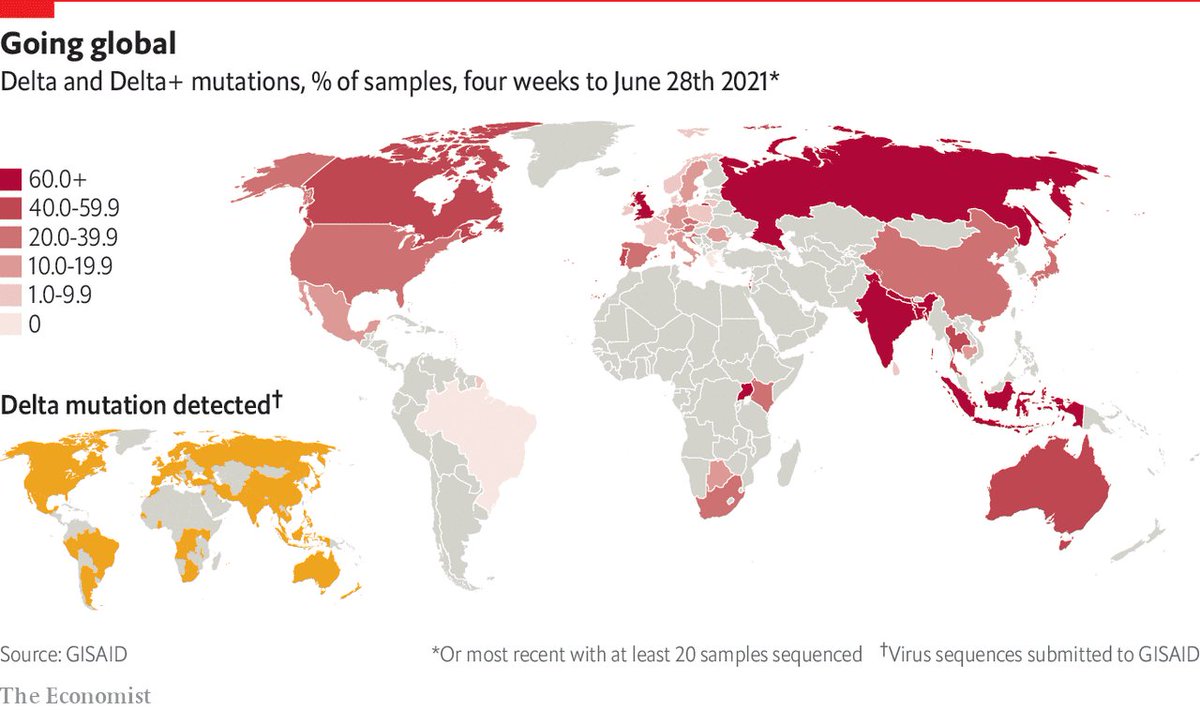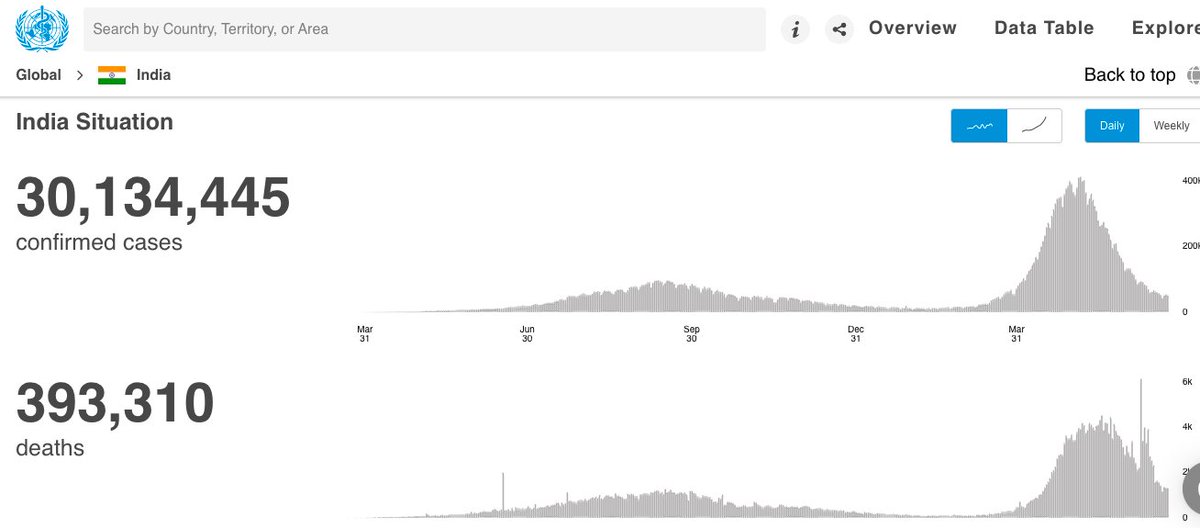
A group led by @drsabita & @docpriyar set out to look at the impact of COVID_19 on physicians in India from a gender perspective, our hypothesis being that a greater burden of familial/domestic responsibilities fell on women. Full paper: ascopubs.org/doi/pdf/10.120… 1/n 

The #COVID_19 pandemic had realigned our lives, and for many, especially in healthcare, increased their work considerably. Healthcare workers globally found themselves working overtime to handle the pandemic, while their domestic work increased thanks to the lockdown 2/n
This survey of over a 1000 Indian physicians confirmed our fears that the burden of running the family and domestic chores were indeed disproportionately handled by women. While this was not completely unexpected, the magnitude of the inequity was striking 3/n
Of 1041 respondents, 62% were men & 38% women; 70% between age 30 and 50; almost equally divided between surgical and medical fields; and between public/government and private jobs; 90% were consultants; 90% married; 80% had kids; ≈60% married to healthcare workers 4/n 

Both male (82%) and female (90%) physicians had increased domestic work during the lockdown; More women (39%) than men (24%) were primarily responsible for the increase in domestic chores 5/n
Women were overwhelmingly responsible for children’s educational needs (74 vs 32%) than men. 38% women were solely responsible for their children’s educational needs compared to a mere 2.5% men 6/n
More women (61%) than men (43%) felt that the pandemic and the lockdown adversely affected their work performance; Far more women (9.4%) than men (3.8%) felt that the impact on work was severe. 7/n
Male physicians’ spouses were double as likely (29.3%) as women physician’s spouses (15.9%) to take leave or work fewer hours to fulfil domestic responsibilities. More than double the women (3.6% vs 1.6%) had to quit their jobs just to cope with the situation. 8/n 

My gut feeling (not studied in this survey)
1. This is just the tip of the iceberg
2. These discrepancies are an underestimate
3. Similar discrepancies exist in all professions, not just medicine
As employers, as administrators and as men, we need to get better. n/n
1. This is just the tip of the iceberg
2. These discrepancies are an underestimate
3. Similar discrepancies exist in all professions, not just medicine
As employers, as administrators and as men, we need to get better. n/n
• • •
Missing some Tweet in this thread? You can try to
force a refresh











